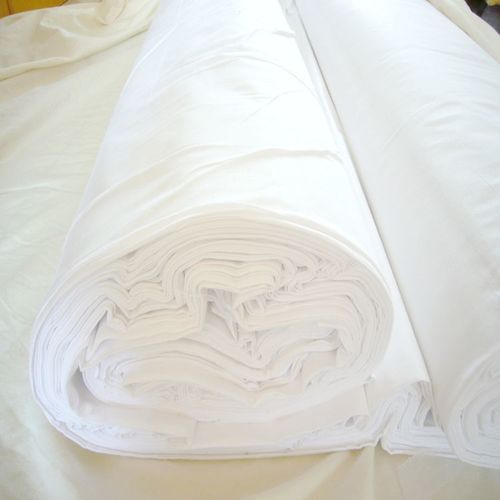China leads the world in textile production, consumption and export. China’s textiles have a long history, even dating back to the Paleolithic age. With the continuous development in recent years, China has already formed a textile industry with strong competitiveness and complete industrial chain, and the processing supporting level is also very high. In the process of textile production, bleaching is a core link, and its importance is self-evident. It can be said that the bleaching level of textiles directly affects the quality of products.

Hydrogen peroxide bleaching
Hydrogen peroxide bleaching is the most frequently used method in the traditional textile bleaching process, because the whiteness and whiteness stability of textiles after bleaching with this method are very good. The remaining waste liquid after bleaching can be degraded; It has good applicability and wide application range, and can basically meet the bleaching requirements of various textiles. Hydrogen peroxide bleaching can be used not only for bleaching of various fiber products, but also for other textile processing. It can realize the combination of two or three steps into one step. These advantages are why people like this bleaching method.
The disadvantages of hydrogen peroxide bleaching are also obvious. On the one hand, in the steaming process, bleaching takes too long and consumes too much energy, which is easy to cause serious damage to the fiber; On the other hand, the factors that affect the bleaching effect of hydrogen peroxide include stacking time, ambient temperature, washing conditions and so on. Therefore, hydrogen peroxide bleaching method has great instability.
Sodium hypochlorite bleaching
Although the advantages of sodium hypochlorite bleaching method are simple process, stable bleaching effect, strong impurity removal ability and low cost, and sodium hypochlorite bleaching method can be used for both cotton fabric bleaching and polyester cotton fabric bleaching, there is a fatal disadvantage of sodium hypochlorite bleaching method, that is, non degradable chlorinated organic by-products will be produced in the bleaching process, This substance will have a great impact on the human body and the surrounding environment.
Many countries have strict requirements for this bleaching method, and some countries have even banned the use of this bleaching method. At present, the vast majority of enterprises in China rarely use sodium hypochlorite bleaching method, and only a few small enterprises are still using it.
Sodium chlorite bleaching
Sodium chlorite bleaching method can achieve ideal bleaching effect and has strong ability to remove impurities. Under appropriate conditions, it can realize non-destructive bleaching of cellulose. It can be used for bleaching of cotton and hemp.
The disadvantage of sodium chlorite bleaching method is that sodium chlorite, a chemical substance, is not easy to preserve and is prone to explosion. Moreover, the chlorite produced by sodium chlorite is a toxic and irritating gas, which will damage the mucous membrane of human body and damage human health. At the same time, sodium chlorite will also corrode the equipment, so there are high requirements for the sealing of storage equipment, and general stainless steel equipment can not meet the requirements.
Due to these shortcomings of sodium chlorite bleaching method, few enterprises will use this method to bleach textiles. It should be noted that no matter what kind of chlorine bleach is used, there will be some chlorinated compounds in the discharged sewage, which will pollute the environment to a certain extent

